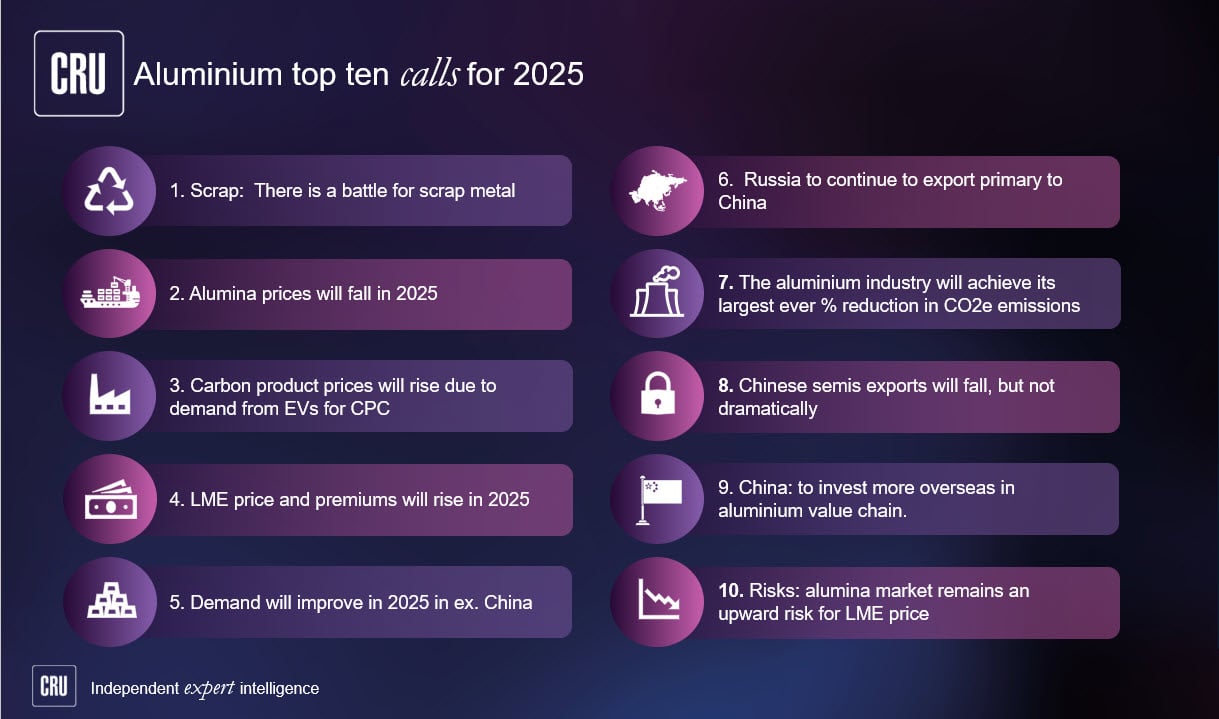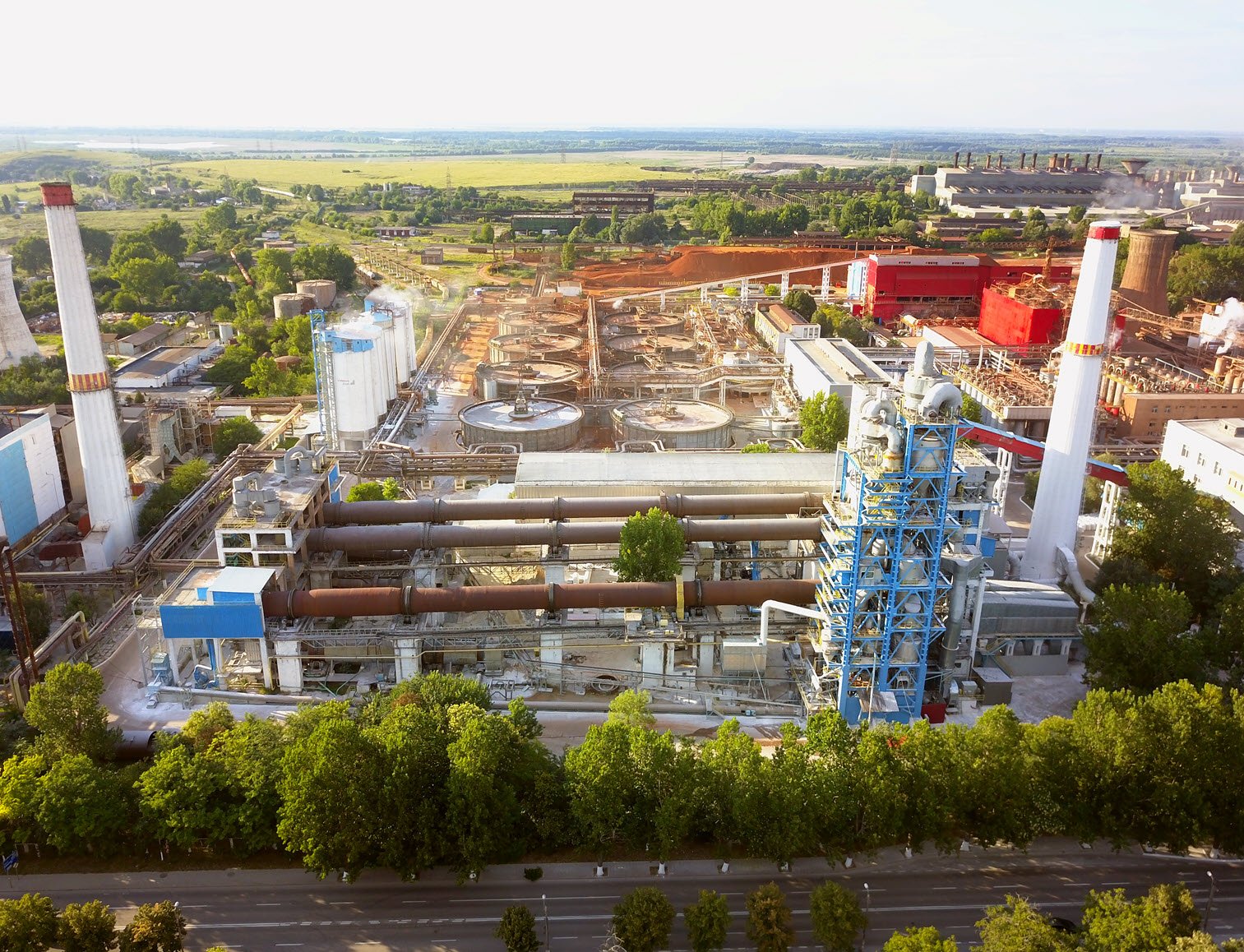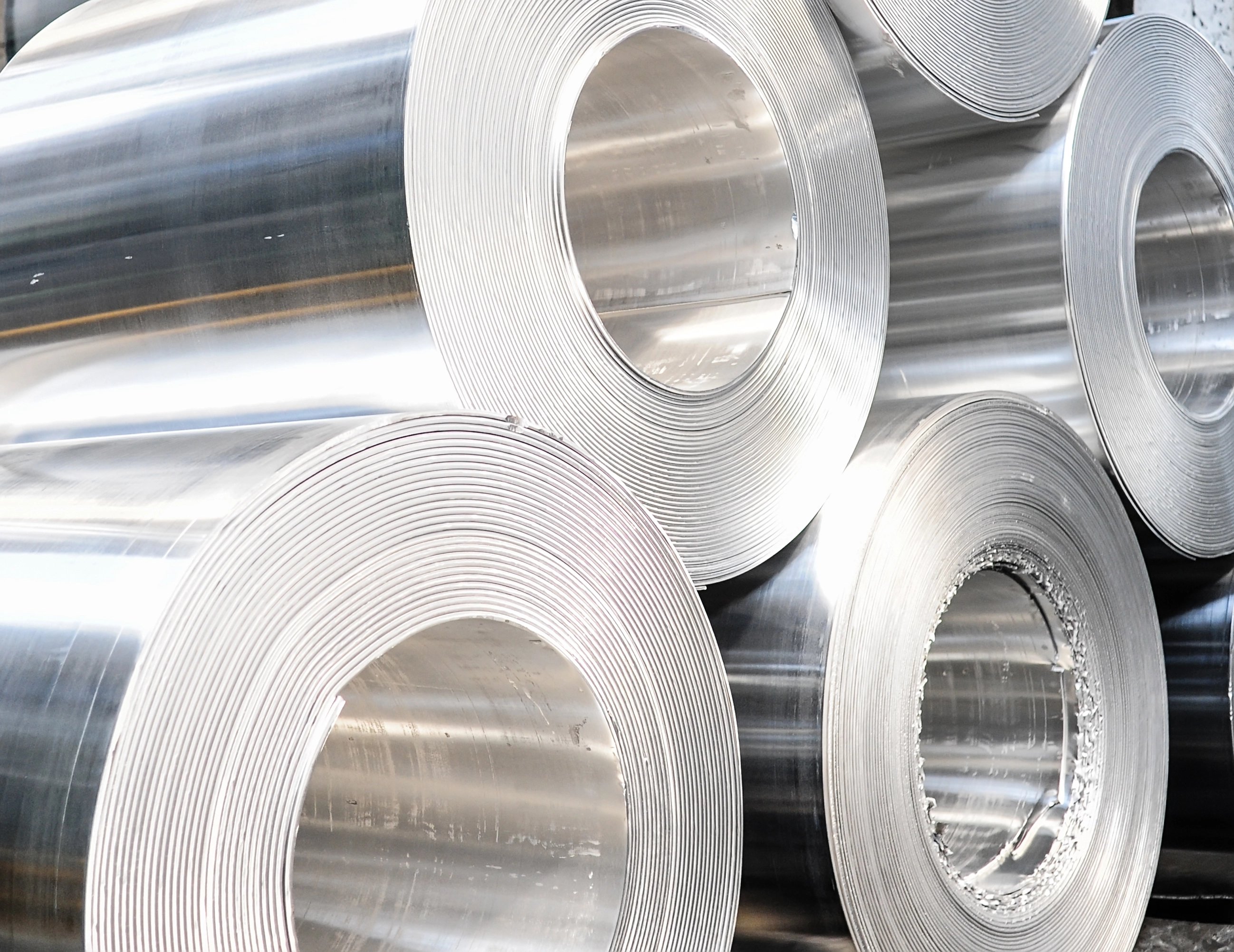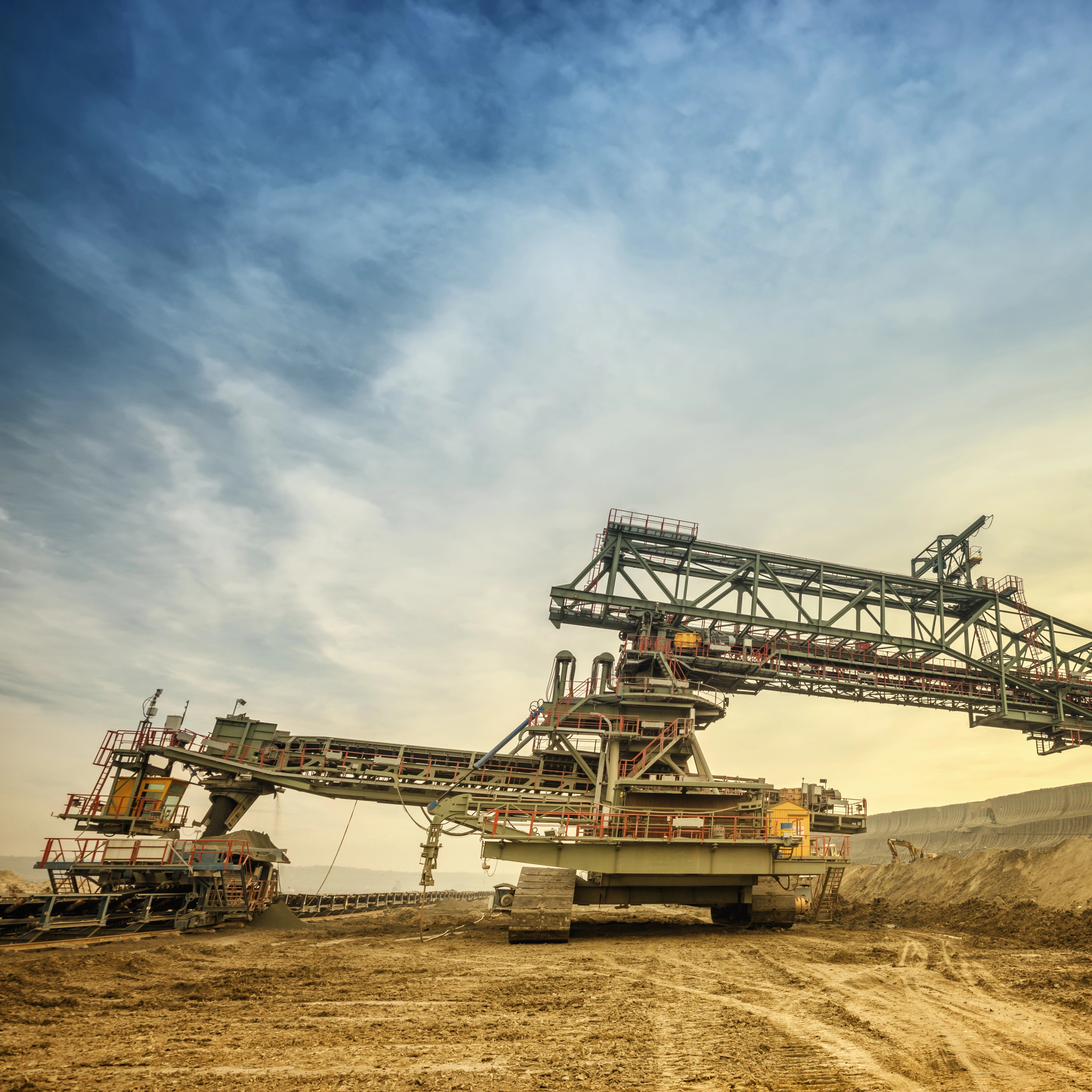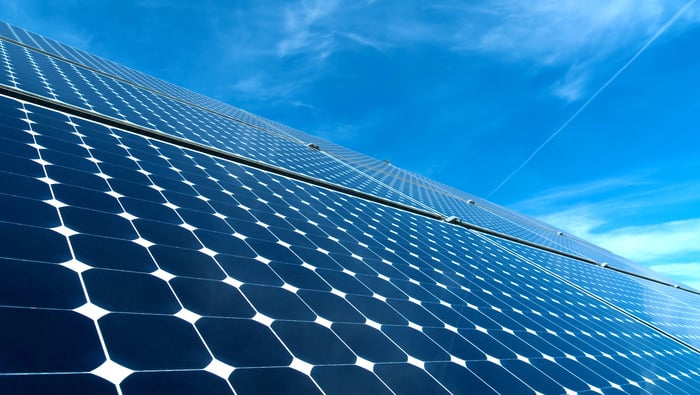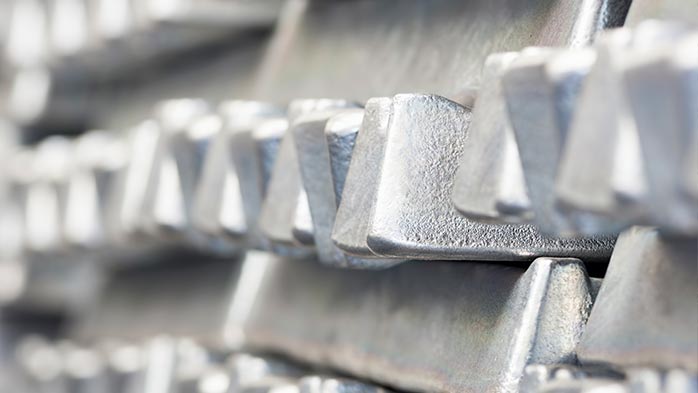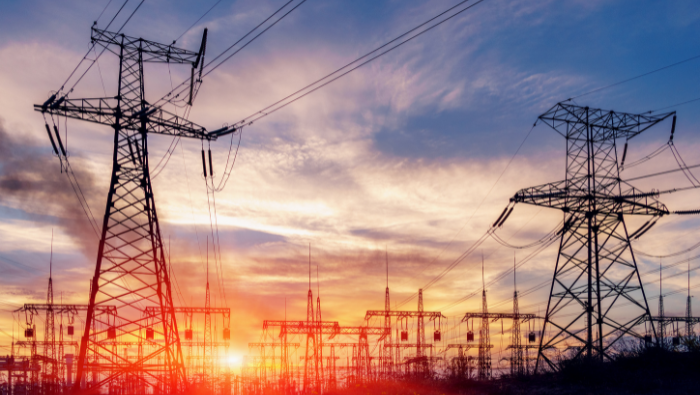On Tuesday 27 September Hydro announced it would reduce production by up to 130,000 t/y across its Karmøy and Husnes smelters in Norway. The following day, the LME price reached a new 2022 low at $2,080.5 /t. This alone summarises well the mostly bearish tone that prevailed at the Aluminium fair in Dusseldorf last week as all the focus was on the weak demand and not on supply-side risks.
Indeed, the cuts Hydro said, were made in response to the weak demand in Europe, which implies cost was not the main concern this time. Eivind Kallevik, Head of Hydro Aluminium Metal said it well by saying: “The extraordinary situation in the European economy and energy market is causing market uncertainty and a decline in demand for our aluminium products. Even if 50% of Europe’s primary aluminium production capacity has been curtailed during the last year, recent drop in demand is causing a build-up of stock, forcing us to take firm actions”. This is the feedback we heard from the many primary producers we met during Aluminium 2022 in Dusseldorf – spot demand is weak, and inventories are high. This is particularly true for billet as record premium levels earlier this year and upbeat demand expectations prompted consumers to accumulate stock with much of it remaining unused today. Now producers are being asked to postpone deliveries from Q4 to Q1 and some are even requesting cancellations when contracts allow it. The last quarter – which was marked by record levels of profitability for nearly all primary producers – seems now a very distant memory as we expect margins to be squeezed by higher costs as well as falling prices and premiums.
The only optimism seems to be coming from the green agenda. Demand for sustainable aluminium is growing, and we estimate a deficit could form within the next five years if the majority of end-users push for low-carbon aluminium. This will help in the formation of a green premium, which (as of today) is not widespread yet, and gives producers another avenue to grow their profit while offering what consumers increasingly need – a sustainable, traceable aluminium product.
The sentiment among rollers at the world aluminium fair in Dusseldorf was twofold. First, the worries around the energy crisis were dominant, as gas prices in Europe shoot up and primary smelting capacity is being cut. The uncertainty around 2023 contracts and energy prices means that rolling mills are finding it difficult to navigate and plan. Secondly, weak orders and demand growth were a cause for concern, given high stock levels. Many distribution centres have stock that could last them into 2023, which would imply weak ordering for the rest of this year. Beyond this, inflation was a hot topic of discussion, as the EU grapples with record price levels. The impact on end-use demand will likely be negative and could further reduce order levels. Sheet fees continue to spiral down despite high costs, whereas the plate fees are holding steady given strong aerospace demand. However, the conference was not all doom and gloom, and the packaging market was described as a ‘bright spot’ by many.
The European extrusions market remains under downward pressure, and this was certainly borne out by our interactions in the Dusseldorf aluminium fair last week. Extruders are willing to discuss volumes for later this year and 2023 Q1 but are unwilling to commit to a price. This is an indication of the uncertainty of the outlook as well as fear among fabricators and end consumers regarding the short-term outlook. Extrusions prices have continued to fall in Europe similarly to the price of billet. Nevertheless, prices paid by end consumers are showing little sign of falling due to the additional surcharges and other cost components that have continued to rise. This, and the fact that extrusion stocks in Europe are at historical highs, suggest that this situation may take several months to clear.







